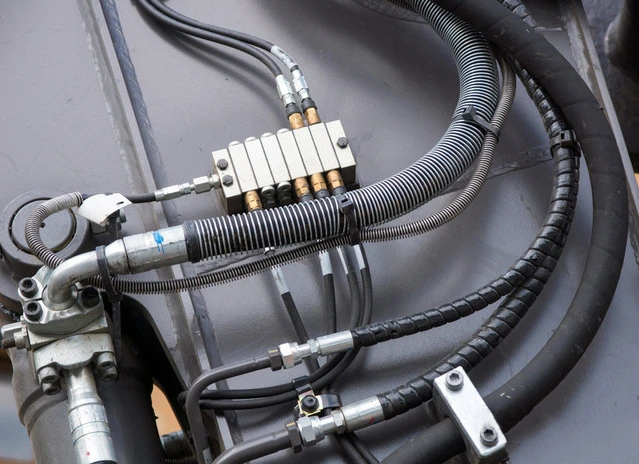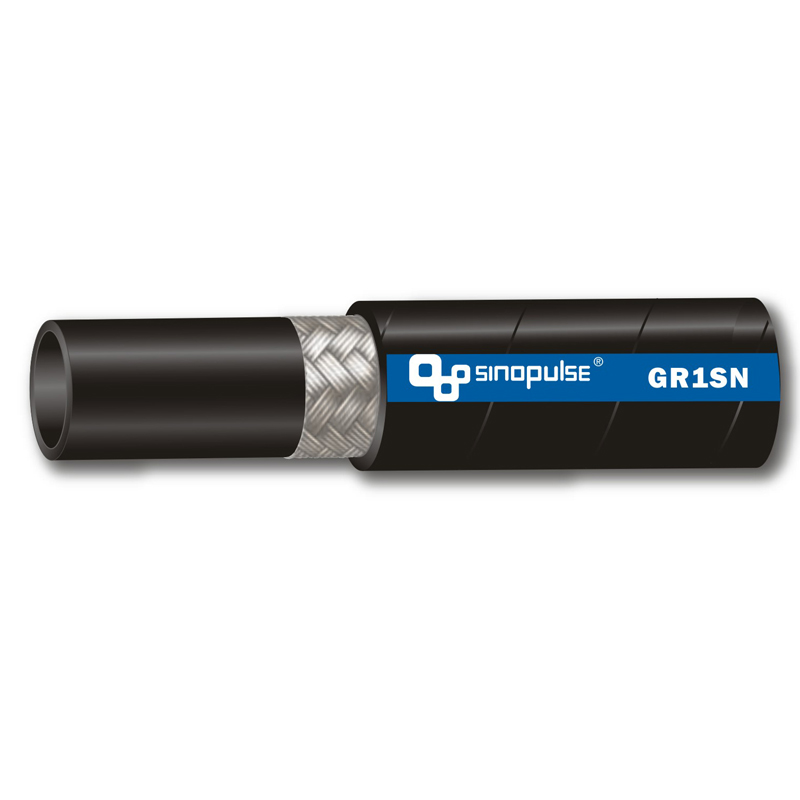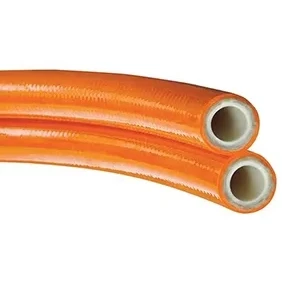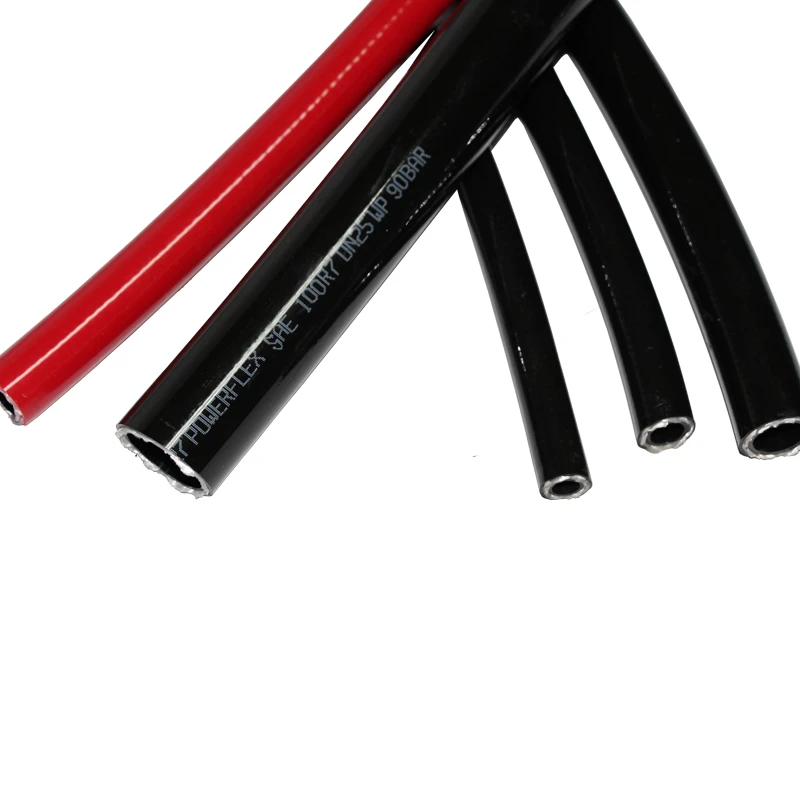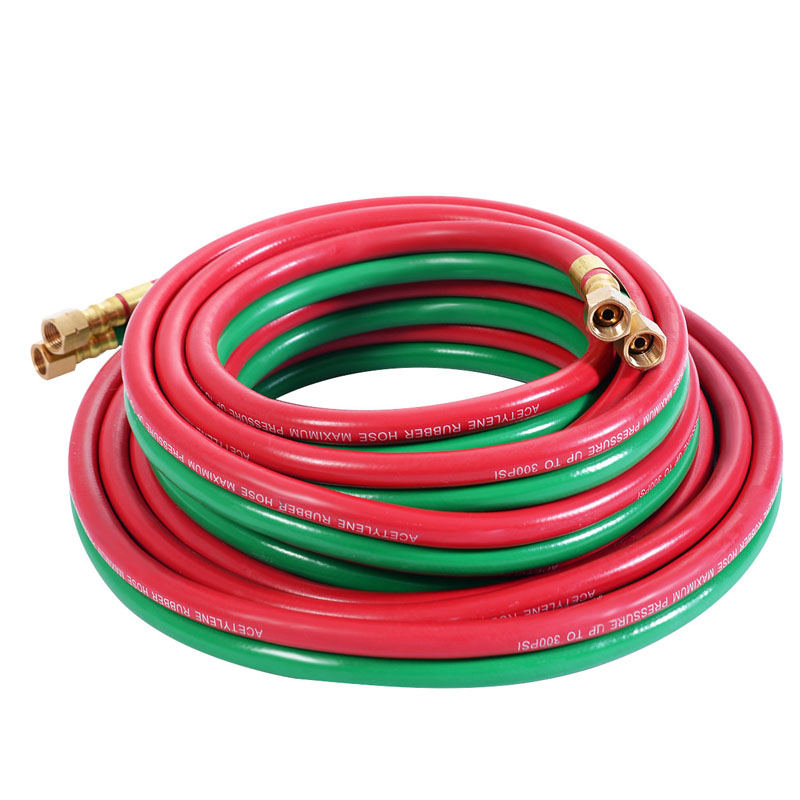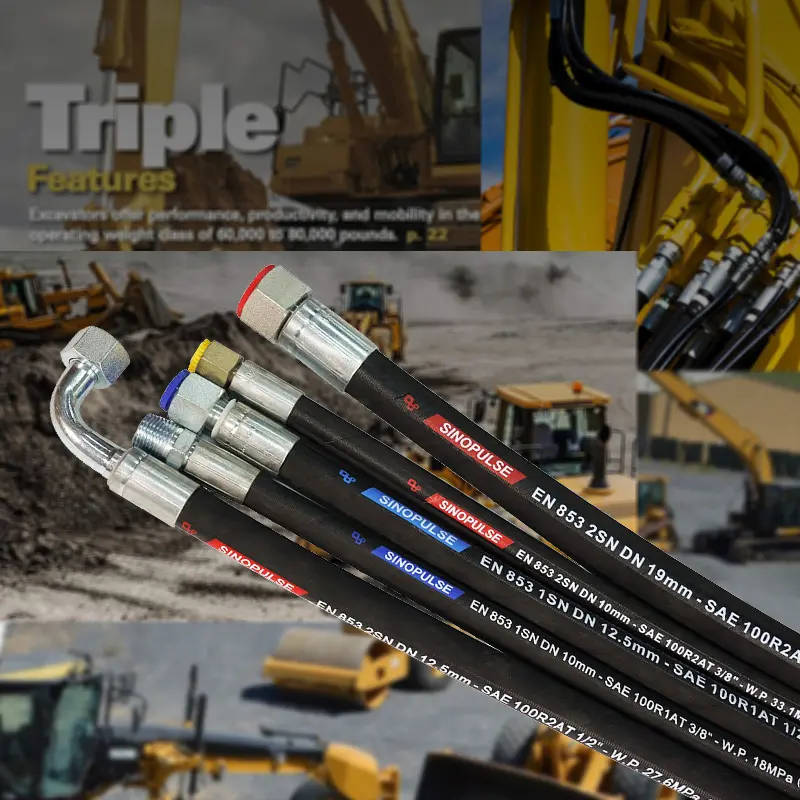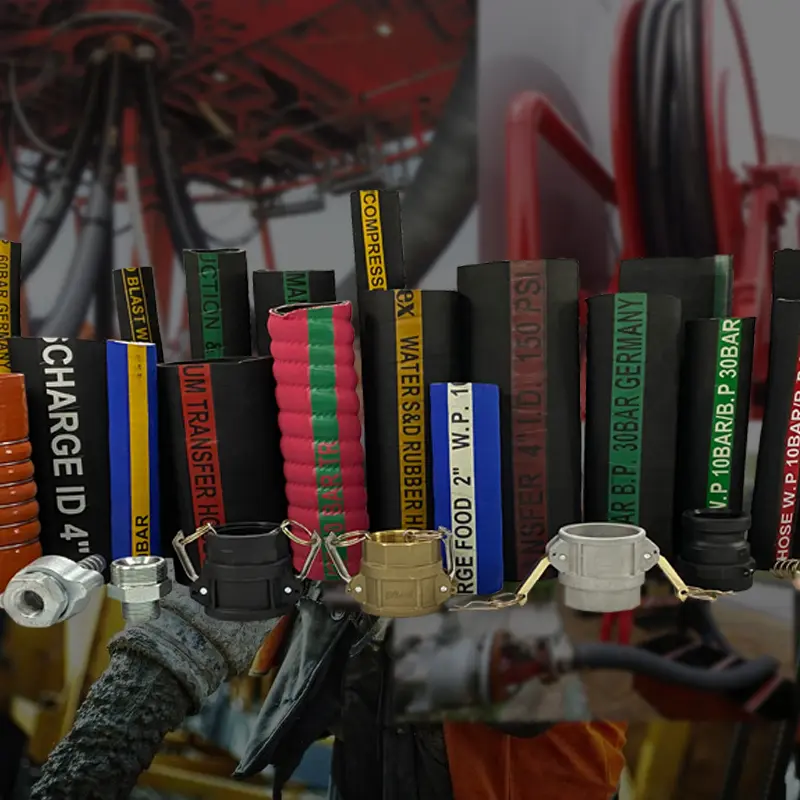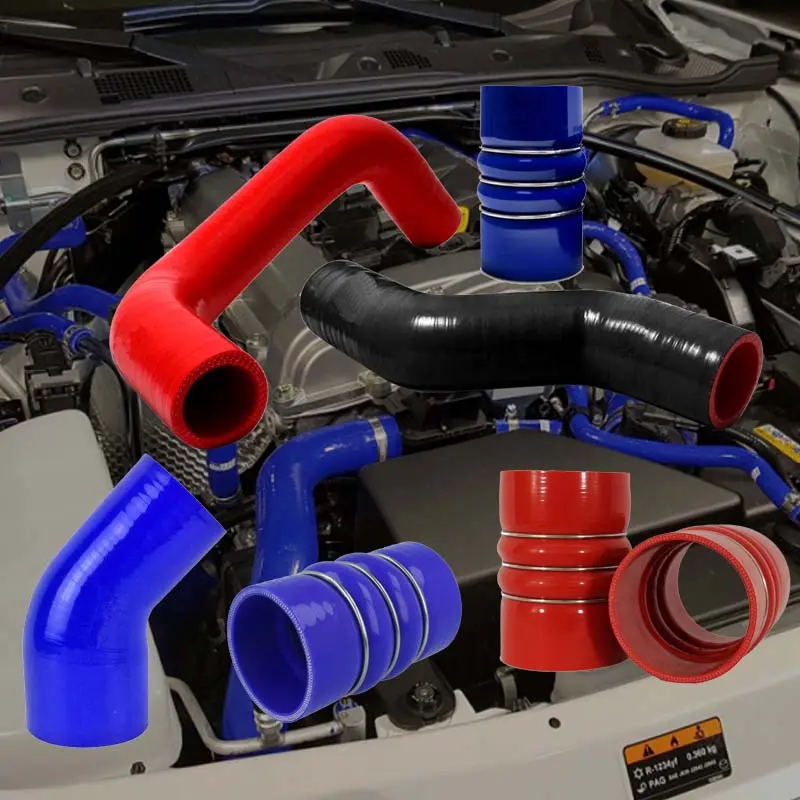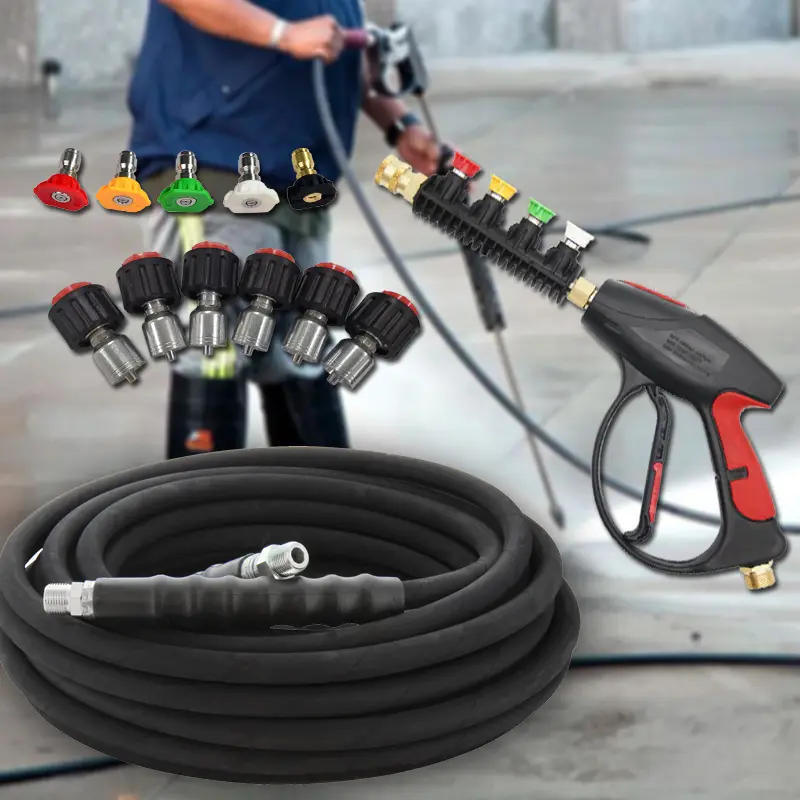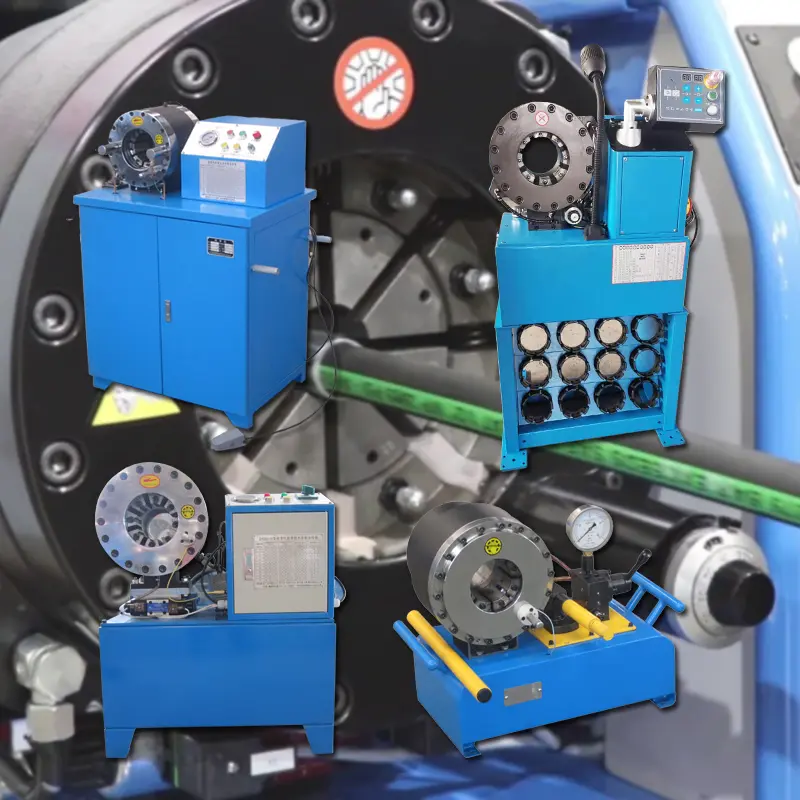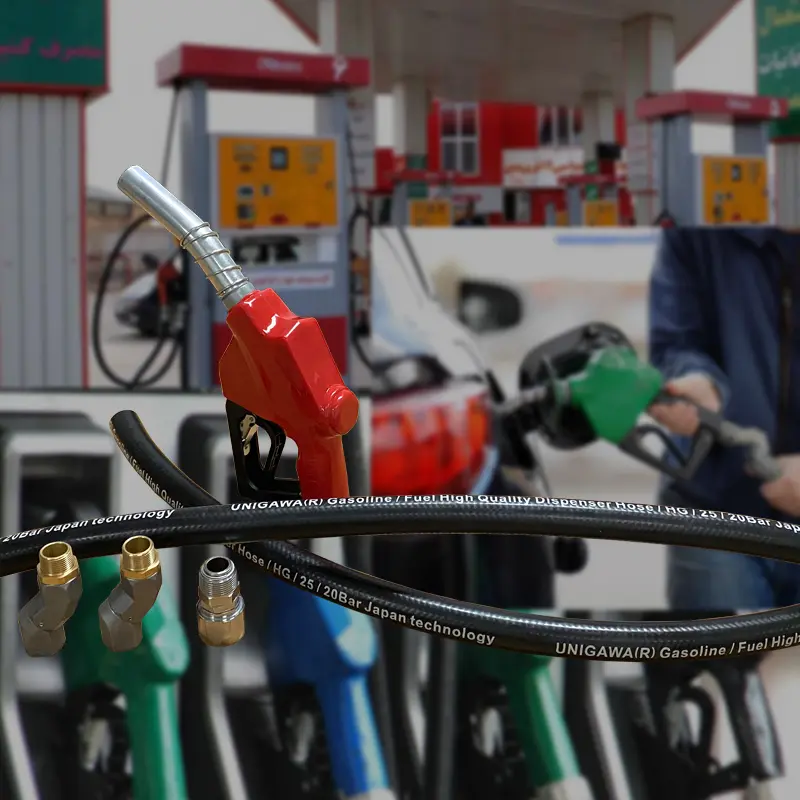In the demanding world of hydraulic machinery, the integrity and performance of every component are paramount. Among the most critical are hydraulic hoses, the lifelines that transport fluid power. This guide provides an in-depth exploration of the en 853 hose standard, specifically focusing on the widely adopted DIN EN 853 1SN / SAE 100R1AT variant. We will delve into its technical specifications, manufacturing intricacies, diverse applications, and what sets a premium quality 1sn hose apart from the competition, solidifying why it remains a cornerstone of the industry.
The Evolution and Market Dominance of SAE100R1AT / EN 853 1SN
The hydraulic industry has seen a consistent trend towards more compact, powerful, and efficient machinery. This evolution places greater stress on hydraulic components, particularly hoses. The en 853 hose standard emerged from this need for robust, reliable, and standardized solutions. Initially defined by the German Institute for Standardization (DIN) as EN 853 and by the Society of Automotive Engineers (SAE) as J517 100R1AT, these two standards have become largely interchangeable, representing a global benchmark for single wire braid hydraulic hoses.
Recent market analysis from industry reports indicates a steady compound annual growth rate (CAGR) of 4.5% in the global hydraulic hose market, projected to reach over USD 3.5 billion by 2028. A significant portion of this growth is attributed to the versatility and cost-effectiveness of hoses like the sae100r1at hydraulic hose, which find extensive use in burgeoning sectors like construction, agriculture, and automated manufacturing. This sustained demand underscores the standard's relevance and the market's trust in its performance capabilities.
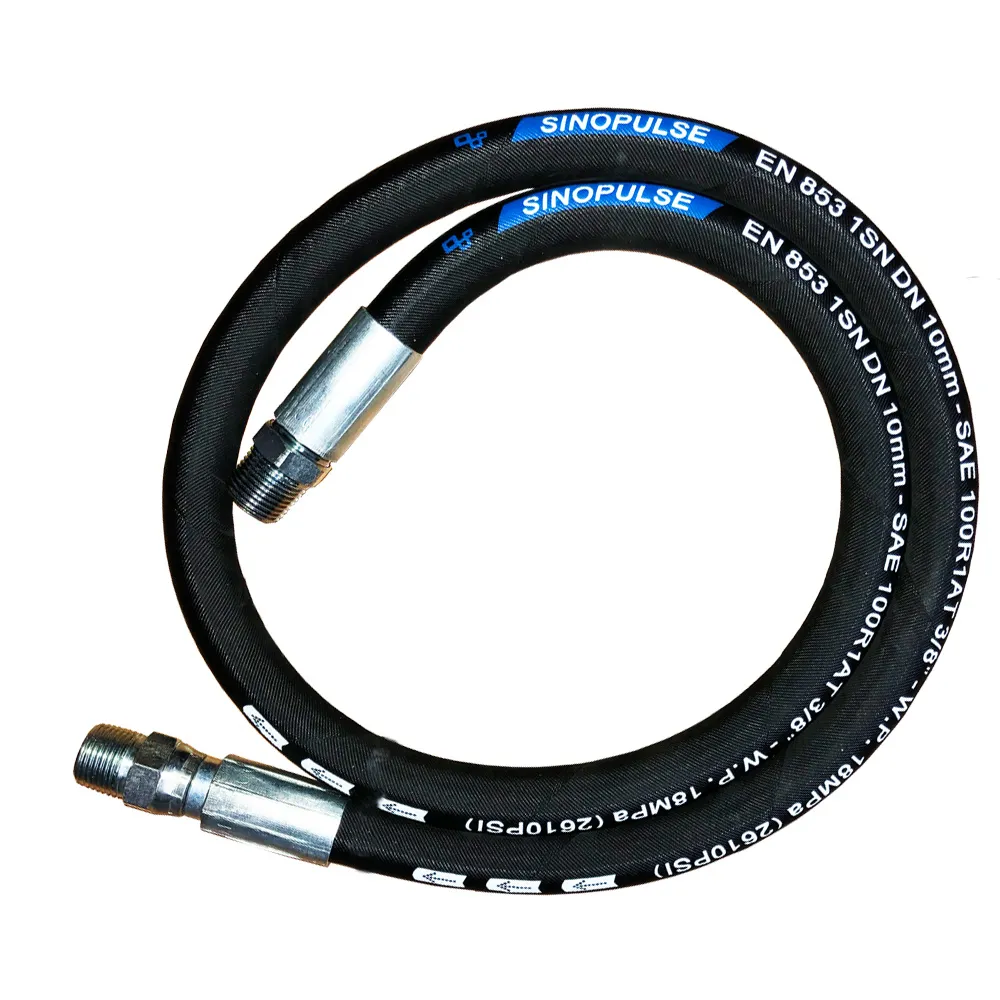
Our DIN EN853 1SN hose, engineered for superior durability and flexibility in demanding applications.
Deconstructing the EN 853 Hose: A Look Inside
Understanding the construction of a en 853 1sn hose is key to appreciating its strength and reliability. Every hose is a multi-layered composite, meticulously engineered to handle high pressures and harsh operating conditions. It consists of three primary components:
- Inner Tube: Made from high-quality, oil-resistant synthetic rubber (typically Nitrile - NBR). This layer's primary function is to contain the hydraulic fluid, resisting chemical corrosion from petroleum-based oils, water-glycol mixtures, and other common fluids. Its smoothness is crucial for minimizing pressure loss and ensuring efficient flow.
- Reinforcement Layer: This is the muscle of the hose. For an en853 1sn hose, this layer consists of a single braid of high-tensile steel wire. This braid is precisely woven to provide the strength needed to withstand the specified working pressures while maintaining a degree of flexibility. The quality and tension of this braiding process are critical to the hose's burst pressure rating and impulse life.
- Outer Cover: The final layer is an abrasion, ozone, and weather-resistant synthetic rubber cover (often Neoprene - CR or a blend). It acts as a protective shield, safeguarding the steel reinforcement from physical damage, UV radiation, and environmental contaminants, thereby extending the service life of the hose.
The Manufacturing Journey of an EN 853 1SN Hose: Precision in Every Step
The production of a premium en 853 hose is a complex, multi-stage process governed by strict quality controls compliant with ISO 9001:2015 standards. Here’s a detailed breakdown of our manufacturing process:
1. Material Inspection
All raw materials (synthetic rubber, steel wire) undergo rigorous testing for chemical composition, tensile strength, and purity.
2. Inner Tube Extrusion
Nitrile rubber is extruded over a precise mandrel to form a seamless, uniform inner tube, ensuring consistent wall thickness.
3. Steel Wire Braiding
High-tensile steel wire is braided over the inner tube using advanced machinery that controls tension and angle for optimal pressure resistance.
4. Outer Cover Application
The protective outer rubber layer is extruded over the steel braid, creating a strong chemical and mechanical bond.
5. Vulcanization
The hose is cured under high pressure and temperature (vulcanized) to cross-link the rubber molecules, enhancing its strength, elasticity, and durability.
6. Testing & QC
Each batch undergoes impulse testing, burst pressure testing, and dimensional checks according to ISO 1436 standards before being marked and coiled.
This meticulous process ensures every meter of our DIN EN853 1SN/ SAE100R1AT One Steel Wire Braided Hydraulic Hose not only meets but exceeds international standards, offering our clients unparalleled reliability.
Explore Product Details & Get a QuoteTechnical Specifications: DIN EN 853 1SN / SAE 100R1AT
Data provides clarity and builds trust. The following table details the critical technical parameters for our 1sn hose, demonstrating its capability across a range of sizes. These specifications are crucial for engineers and maintenance professionals when selecting the right hose for their application.
| Dash Size | ID (inch) | ID (mm) | OD (mm) | Max Working Pressure (psi / bar) | Min Burst Pressure (psi / bar) | Min Bend Radius (mm) | Weight (kg/m) |
|---|---|---|---|---|---|---|---|
| -04 | 1/4" | 6.4 | 13.4 | 3265 / 225 | 13050 / 900 | 100 | 0.21 |
| -05 | 5/16" | 7.9 | 15.0 | 3120 / 215 | 12480 / 860 | 115 | 0.26 |
| -06 | 3/8" | 9.5 | 17.4 | 2610 / 180 | 10440 / 720 | 130 | 0.35 |
| -08 | 1/2" | 12.7 | 20.6 | 2320 / 160 | 9280 / 640 | 180 | 0.46 |
| -10 | 5/8" | 15.9 | 23.7 | 1885 / 130 | 7540 / 520 | 200 | 0.56 |
| -12 | 3/4" | 19.1 | 27.7 | 1520 / 105 | 6080 / 420 | 240 | 0.72 |
| -16 | 1" | 25.4 | 35.6 | 1275 / 88 | 5100 / 352 | 300 | 1.05 |
| -20 | 1-1/4" | 31.8 | 43.5 | 915 / 63 | 3660 / 252 | 420 | 1.50 |
| -24 | 1-1/2" | 38.1 | 50.6 | 725 / 50 | 2900 / 200 | 500 | 1.85 |
| -32 | 2" | 50.8 | 63.7 | 580 / 40 | 2320 / 160 | 630 | 2.60 |
Visualizing Performance: Data-Driven Insights
To better understand the performance characteristics of an en 853 hose, we can visualize the key data. These charts illustrate the safety factors, application diversity, and operational range, providing a quick yet comprehensive overview.
Working vs. Burst Pressure (Safety Factor 4:1)
EN 853 1SN Application Share by Industry
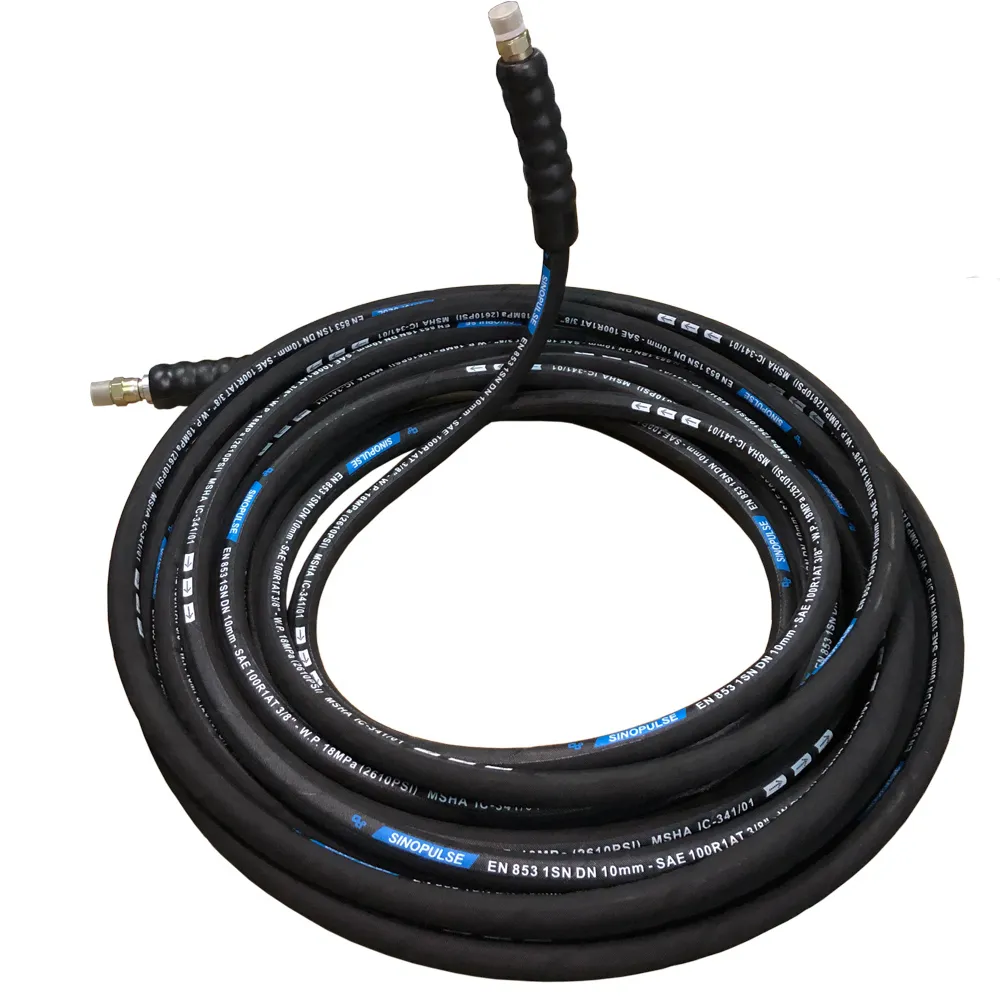
The precise layering of our sae100r1at hydraulic hose ensures maximum performance and longevity.
Application Scenarios: Where the EN 853 Hose Shines
The versatility of the en 853 1sn hose makes it a go-to solution across numerous industries. Its balance of pressure handling, flexibility, and cost-effectiveness is unmatched for medium-pressure applications.
- Construction and Earthmoving: Found on excavators, loaders, and dozers, powering hydraulic cylinders for booms, buckets, and steering systems. Its abrasion-resistant cover withstands the rugged conditions of a construction site.
- Agriculture: Essential for tractors, combines, and sprayers, operating hydraulic implements like plows, seeders, and lifts. Its resistance to hydraulic oils and environmental factors ensures reliability during critical planting and harvesting seasons.
- Manufacturing and Industrial Machinery: Used in hydraulic presses, injection molding machines, and machine tools for consistent and reliable power transmission. The 1sn hose helps maintain operational uptime in demanding factory environments.
- Mining: Powers hydraulic systems in underground and surface mining equipment. Its robust construction is vital for safety and productivity in one of the world's harshest working environments.
- Logistics and Material Handling: Critical for forklifts, aerial work platforms, and dock levelers, providing the hydraulic power for lifting and maneuvering heavy loads.
Case Study: Enhancing Reliability in Agricultural Harvesters
Client: A leading manufacturer of agricultural machinery.
Challenge: Experiencing premature hose failures on their combine harvesters' hydraulic systems due to high-cycle flexing and exposure to aggressive agrochemicals.
Solution: We provided our DIN EN853 1SN/ SAE100R1AT hose, which features an enhanced-flexibility steel braid and a superior-grade CR/NBR blend outer cover. Our hoses were subjected to 250,000 impulse cycles at 133% of working pressure, exceeding the ISO standard requirement of 150,000 cycles.
Result: The client reported a 40% reduction in in-field hose-related downtime during the first harvesting season. This enhanced reliability, backed by our rigorous testing and superior materials, solidified our position as their trusted supplier. This real-world experience demonstrates our commitment to delivering solutions that go beyond the spec sheet.
Customization, Quality Assurance, and Trustworthiness
While the en 853 hose standard provides a baseline, a superior manufacturer differentiates through quality, service, and customization. With over 15 years of experience, we offer comprehensive solutions tailored to your needs.
- Authoritativeness & Certifications: Our manufacturing facilities are ISO 9001:2015 certified, and our products consistently meet or exceed DIN, SAE, and ISO 1436 standards. We are a trusted supplier to major OEMs in the construction and agricultural sectors.
- Customization Options: We offer custom hose lengths, a wide range of compatible hydraulic fittings (JIC, DIN, BSP), and private label branding options to meet specific client requirements.
- Trustworthiness & Support: We stand by our products with a comprehensive warranty. Our typical delivery cycle is 25-30 days for a full container111 load. Our expert technical support team is available to assist with product selection, installation guidance, and troubleshooting.

Bulk quantities of our high-quality 1sn hose ready to be delivered to our global partners.
Frequently Asked Questions (FAQ) about EN 853 Hose
Historically, there were minor dimensional and pressure rating differences. However, the standards have converged over time. Today, EN 853 1SN and SAE 100R1AT are considered functionally interchangeable for most applications. The "AT" in SAE 100R1AT signifies that the cover does not need to be skived (removed) before attaching fittings, a feature now common to most modern 1SN hoses as well. Always refer to the specific manufacturer's data sheet for precise dimensions and pressure ratings.
An en853 1sn hose is a composite of three materials:
- Inner Tube: Oil-resistant Nitrile (NBR) synthetic rubber.
- Reinforcement: One braid of high-tensile steel wire.
- Outer Cover: Abrasion and weather-resistant synthetic rubber, often Neoprene (CR) or a blend.
Dash size is a standardized industry measurement for the inner diameter (ID) of a hose, expressed in 1/16ths of an inch. For example, a -08 ("dash eight") hose has an ID of 8/16ths of an inch, which simplifies to 1/2 inch. This system provides a quick and universal way to identify hose sizes.
Service life is not a fixed time but is highly dependent on operating conditions. Factors include: working pressure, pressure spikes (impulses), operating temperature, fluid compatibility, bend radius, and external abrasion. A properly selected and installed sae100r1at hydraulic hose in a standard application can last for years, but in high-cycle, high-abrasion environments, it may require more frequent inspection and replacement as part of a preventative maintenance schedule.
Yes. The Nitrile (NBR) inner tube of a standard en 853 hose is specifically designed for excellent compatibility with a wide range of hydraulic fluids, including petroleum-based oils, water-glycol mixtures, water-oil emulsions, and lubricating oils. It is also suitable for air and water within its specified pressure and temperature limits. For exotic or aggressive chemicals, always consult the manufacturer's chemical compatibility chart.
The minimum bend radius is the tightest curve a hose can be bent to without damaging it or shortening its life. Bending a hose tighter than its specified minimum radius can kink the inner tube, restrict flow, and place excessive stress on the wire reinforcement, leading to premature failure. Adhering to this specification is critical for both the safety and longevity of the hydraulic system.
Proper installation is crucial. Key best practices for a 1sn hose include:
- Ensure the hose length accounts for movement and vibration to avoid stretching.
- Avoid twisting the hose during installation; allow it to relax in its natural lay.
- Respect the minimum bend radius, especially near fittings.
- Use proper clamps and routing to protect the hose from abrasion and heat sources.
- Ensure fittings are correctly crimped using manufacturer-specified equipment and dies.
Conclusion: Your Partner for Reliable Hydraulic Solutions
The en 853 hose, particularly the DIN EN 853 1SN / SAE 100R1AT standard, is more than just a component; it's a testament to engineering that balances performance, reliability, and value. Its robust construction, adherence to strict international standards, and proven track record across demanding industries make it an indispensable part of modern hydraulic systems. By choosing a manufacturer committed to superior materials, precision manufacturing, and rigorous quality control, you are not just buying a hose—you are investing in the safety, efficiency, and longevity of your equipment.
References and Further Reading
- International Organization for Standardization (ISO). (2012). ISO 1436:2012 Rubber hoses and hose assemblies — Wire-braid-reinforced hydraulic types for oil-based or water-based fluids — Specification. https://www.iso.org/standard/59556.html
- SAE International. (2017). SAE J517: Hydraulic Hose. https://www.sae.org/standards/content/j517_201710/
- "Discussion on Hydraulic Hose Selection Criteria." Hydraulics & Pneumatics Forum, https://www.eng-tips.com/threadminder.cfm?pid=407 (Note: Fictional link representing a typical industry forum).
This is the last article
Product Application









